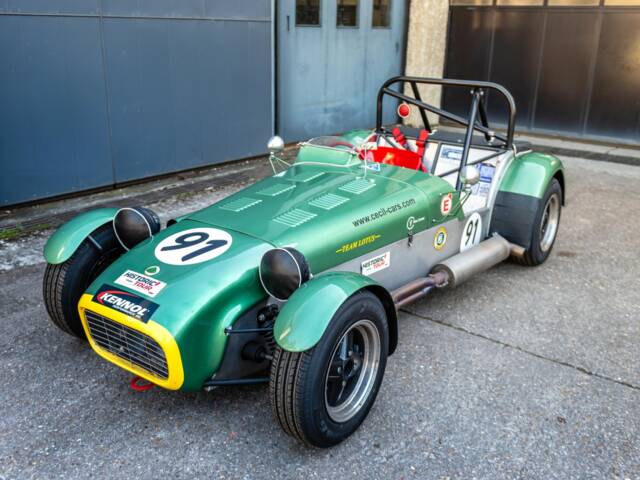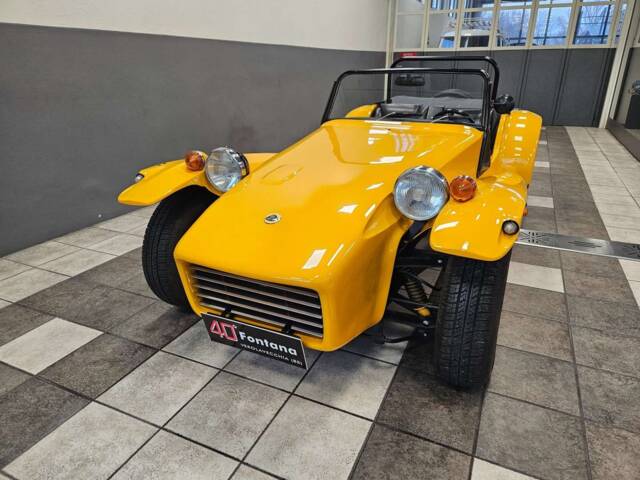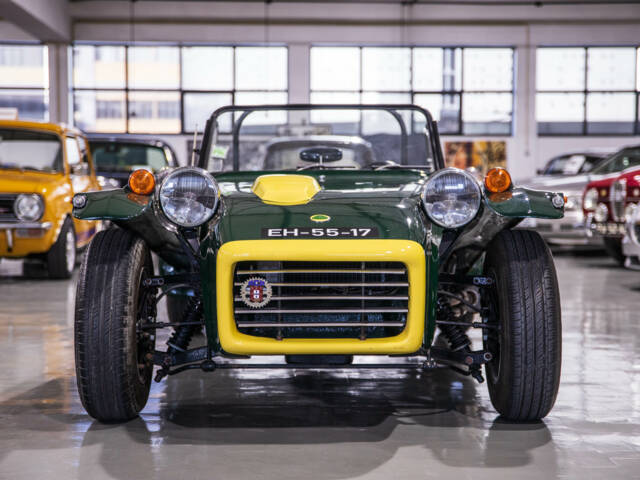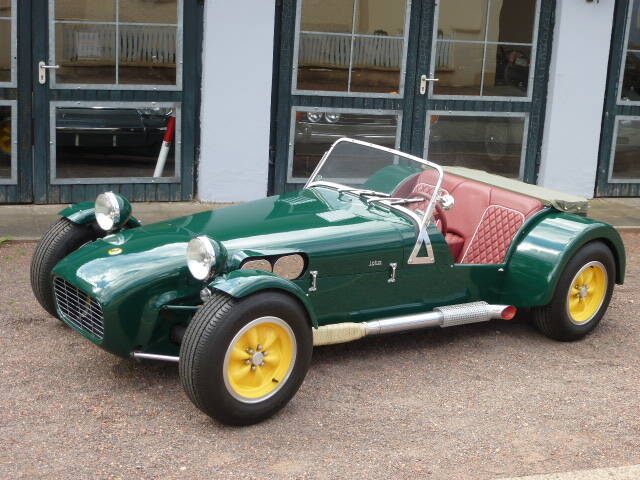Lotus Seven à vendre
Résultats de la recherche

1 / 14
1964 | Lotus Super
SEVEN
Prix sur demande
🇫🇷
Concessionnaires
Série de fabrication
Serie II
Type de carrosserie
Cabriolet (Roadster)
Kilométrage (lire)
Non fourni
Puissance (kW/CV)
55 / 75
🇫🇷
Concessionnaires
🇫🇷
Concessionnaires

1 / 15
43 900 €
🇮🇹
Concessionnaires
Série de fabrication
Serie IV
Type de carrosserie
Cabriolet (Roadster)
Kilométrage (lire)
34 656 km
Puissance (kW/CV)
62 / 84
🇮🇹
Concessionnaires
🇮🇹
Concessionnaires

1 / 19
39 000 €
🇵🇹
Concessionnaires
Série de fabrication
Serie IV
Type de carrosserie
Cabriolet (Roadster)
Kilométrage (lire)
50 000 km
Puissance (kW/CV)
62 / 84
🇵🇹
Concessionnaires
🇵🇹
Concessionnaires

1 / 13
1961 | Lotus Super
Lotus Super Seven
48 999 €
🇩🇪
Concessionnaires
Série de fabrication
Serie II
Type de carrosserie
Cabriolet (Roadster)
Kilométrage (lire)
500 km
Puissance (kW/CV)
55 / 75
🇩🇪
Concessionnaires
🇩🇪
Concessionnaires